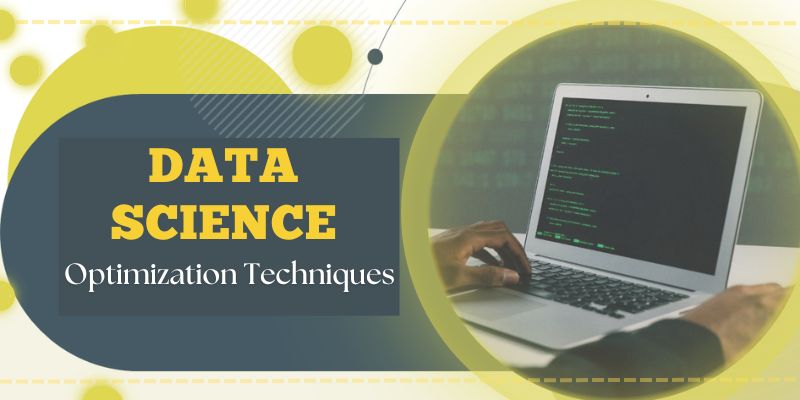Data science is a relatively new subject that focuses on analysing vast volumes of data using a variety of methodologies to make the data more understandable. To understand the discipline of data science, we will need a strong foundation in the three areas of expertise listed below: statistics, linear algebra, and Optimization. However, in this Blog, we will look into Optimization and its many data science techniques. Let’s get started, and before we get too far into the techniques, let’s define Optimization. The Data Science Course in Chennai allows professionals to learn about the topic of data science techniques.
Introduction To Optimization
The term “optimisation” refers to the process or approach of determining which solution is the most successful. The requirement determines whether the value is minimum or maximum for that category.
Various Data Science Optimization Techniques
Let’s look at the multiple techniques for Optimization used in data science. They are as follows:
Gradient Descent
Regarding Optimization, the gradient descent method is now the method of choice. The goal of this strategy is to iteratively update the variables in a way that is diametrically contrary to how the gradients of the goal function move.
Stochastic Gradient Descent
The stochastic gradient descent algorithm was created to clear the problem of the processing cost involved in every stage of the process when dealing with massive amounts of data. Individuals who take Data Science Online Course obtain the knowledge about stochastic gradient descent.
Adaptive Learning Rate Technique
One of the significant hyperparameters optimised during the process is the learning rate. The model’s behaviour is determined by the learning rate, which defines whether it will skip over specific areas of the data. When the training rate is high, the model may neglect more complex data elements.
The Conjugate Gradient Method
The conjugate gradient (CG) approach is used to solve nonlinear optimisation problems and large-scale linear systems of equations. The delayed convergence speed of first-order techniques is typical. Second-order techniques, on the other hand, necessitate extensive resources.
Without The Making Use Of Derivatives, Optimization
Specific optimisation problems are virtually always solvable by using a gradient, even if the derivative of the objective function is difficult to calculate or does not exist. This is owing to the issue’s underlying characteristics.
Zeroth Order Optimization
In recent years, the successor of derivative-free Optimization, zeroth order optimisation, has been developed to address the shortcomings of its predecessor. Methods of Optimization that do not use derivatives have difficulty scaling up to significant problems.
From this Blog, we understand Optimization in general and its essential. Then, we learned about the various techniques for Optimization in data science. It serves as a link between prospective data scientists and a successful professional path. FITA Academy will help you develop a solid online presence through the Data Science Course In Bangalore with placement assurance.
Also Check Data Scientist Salary For Freshers
